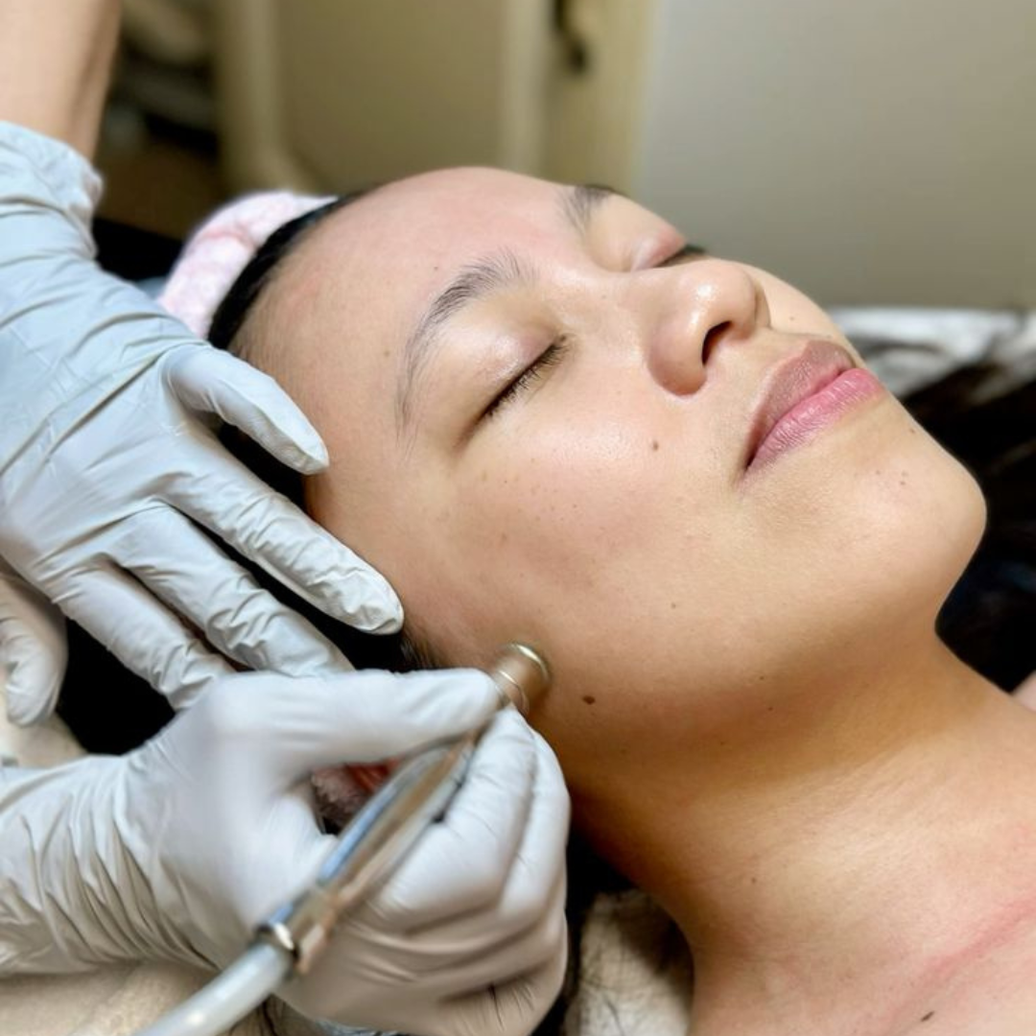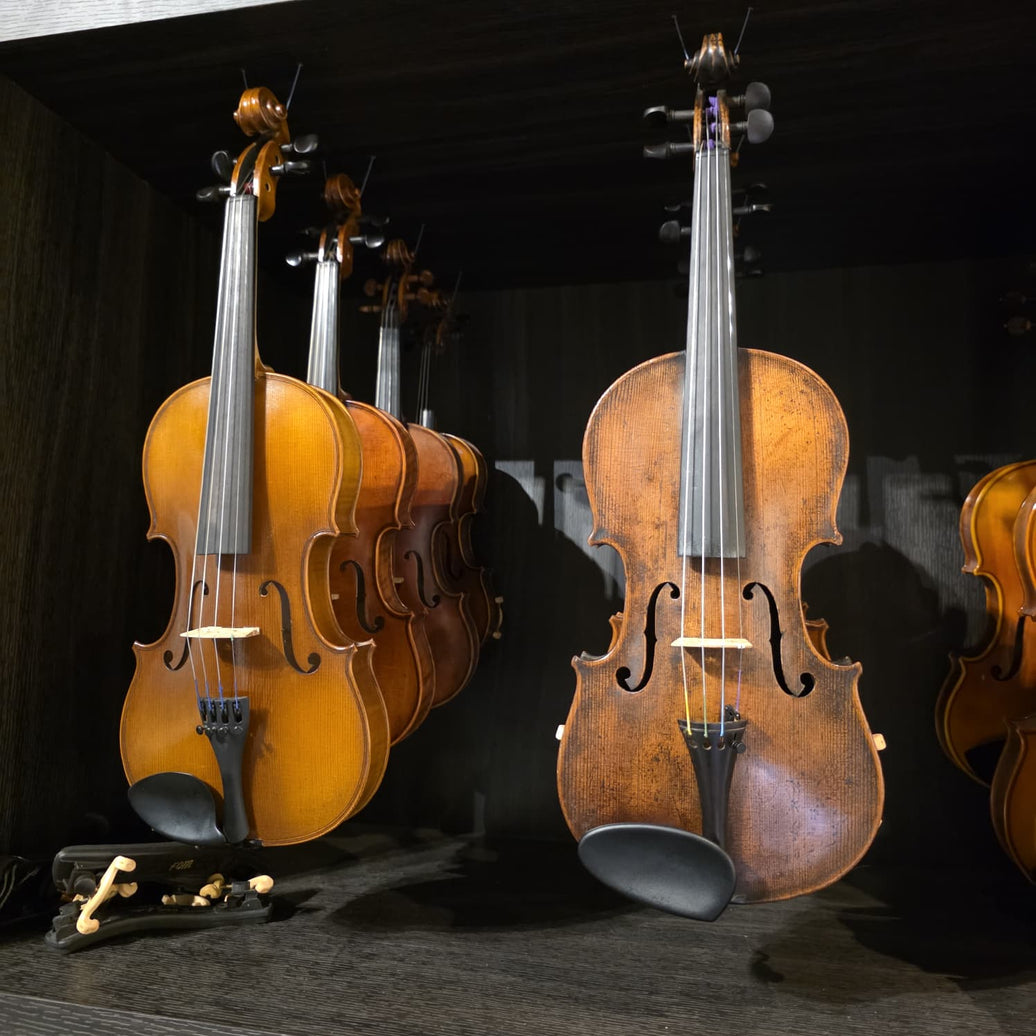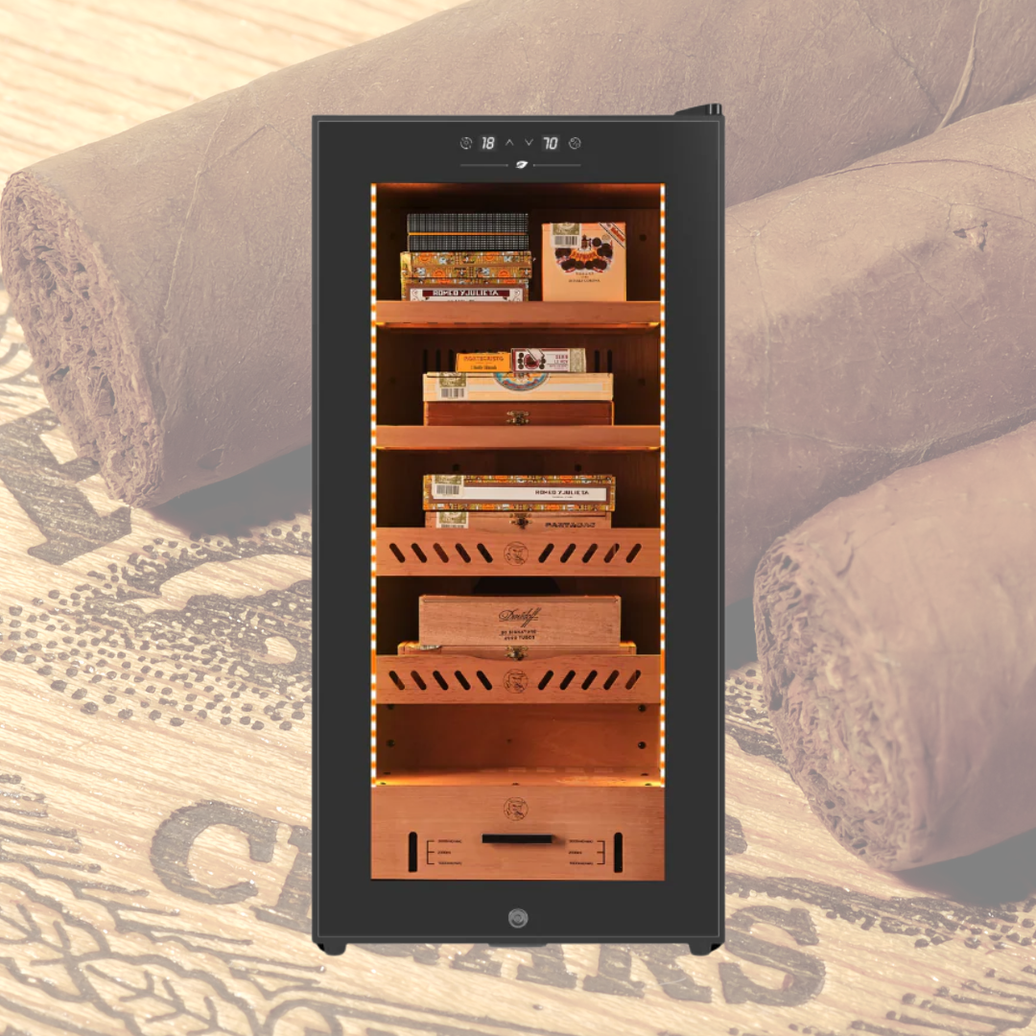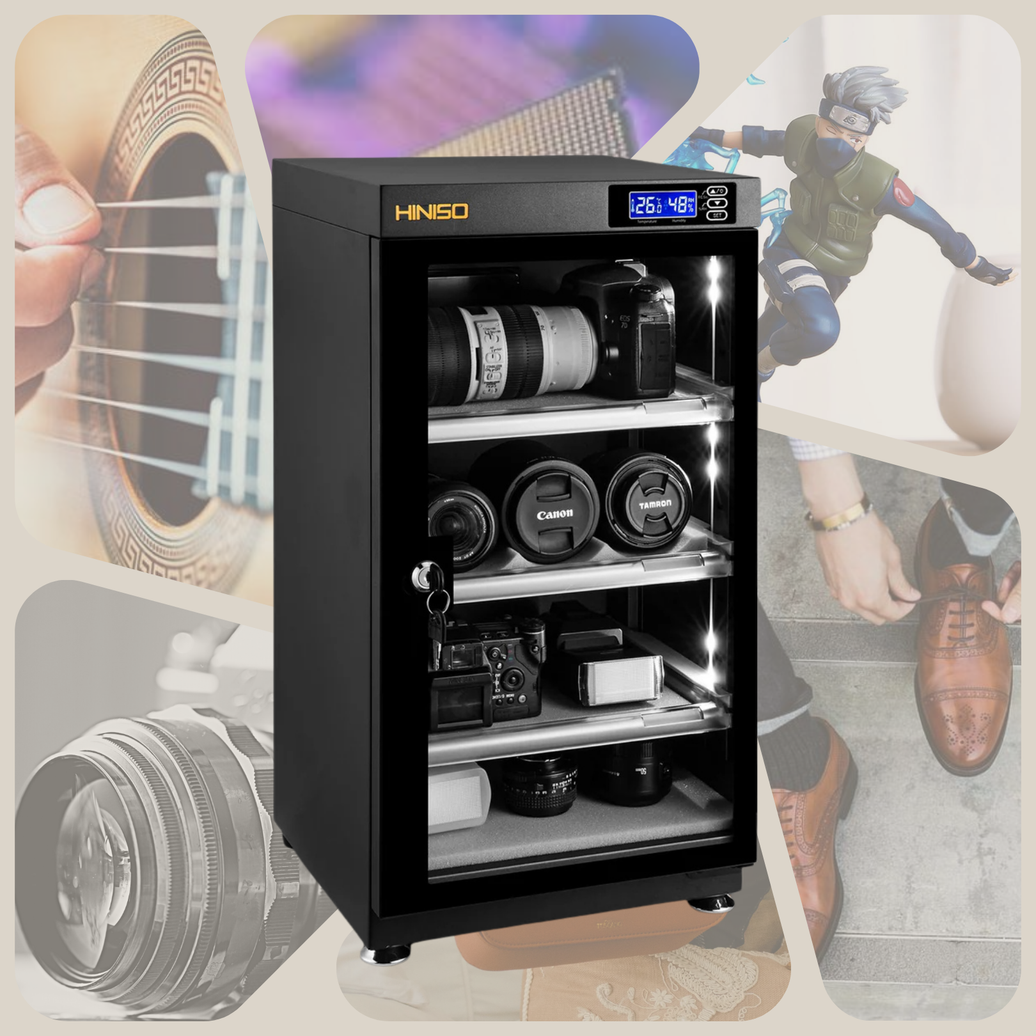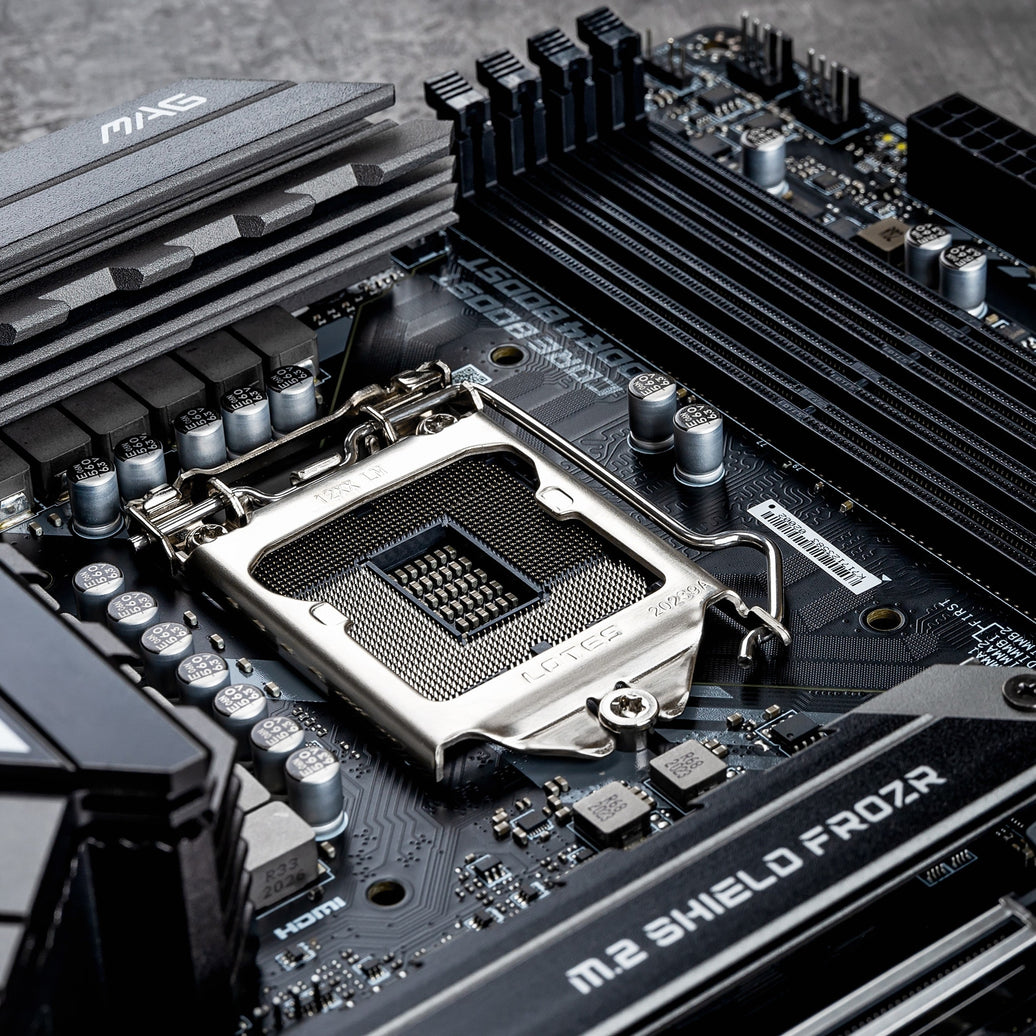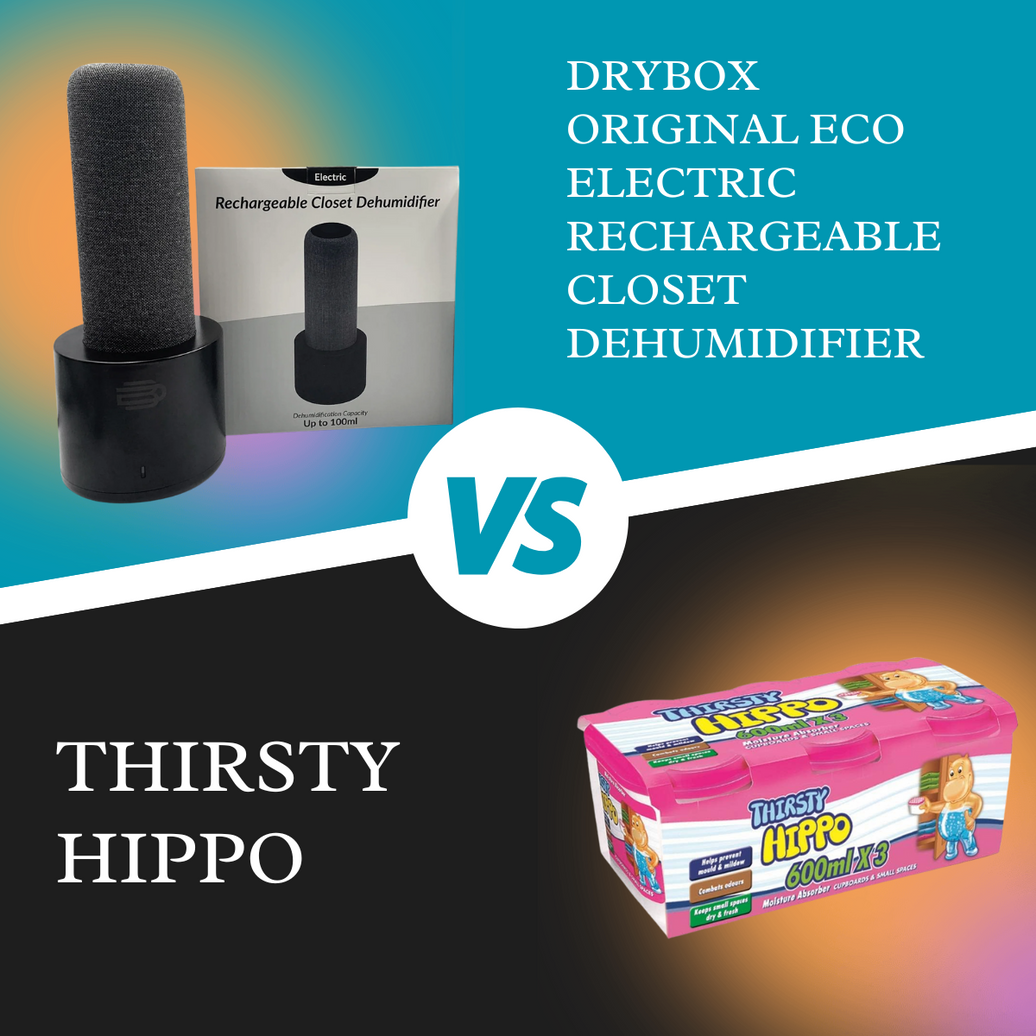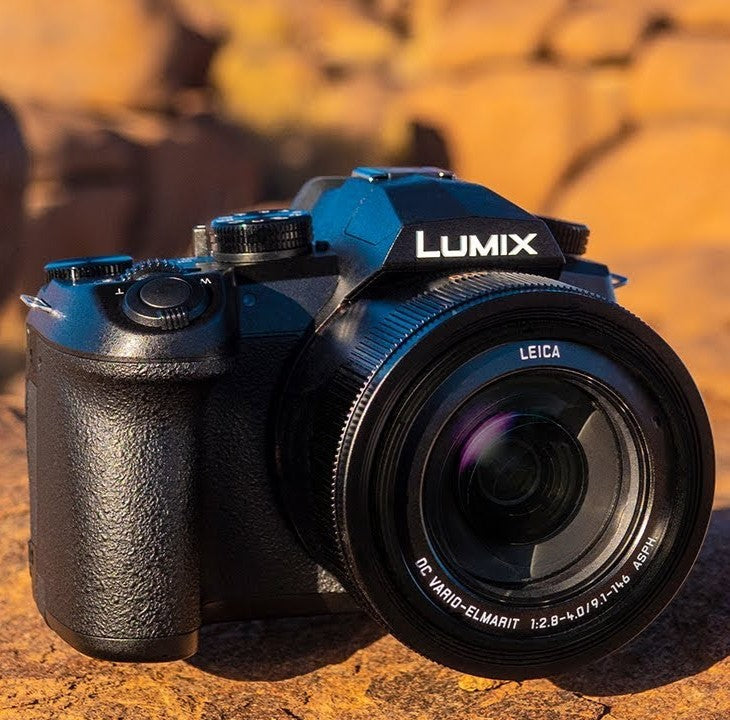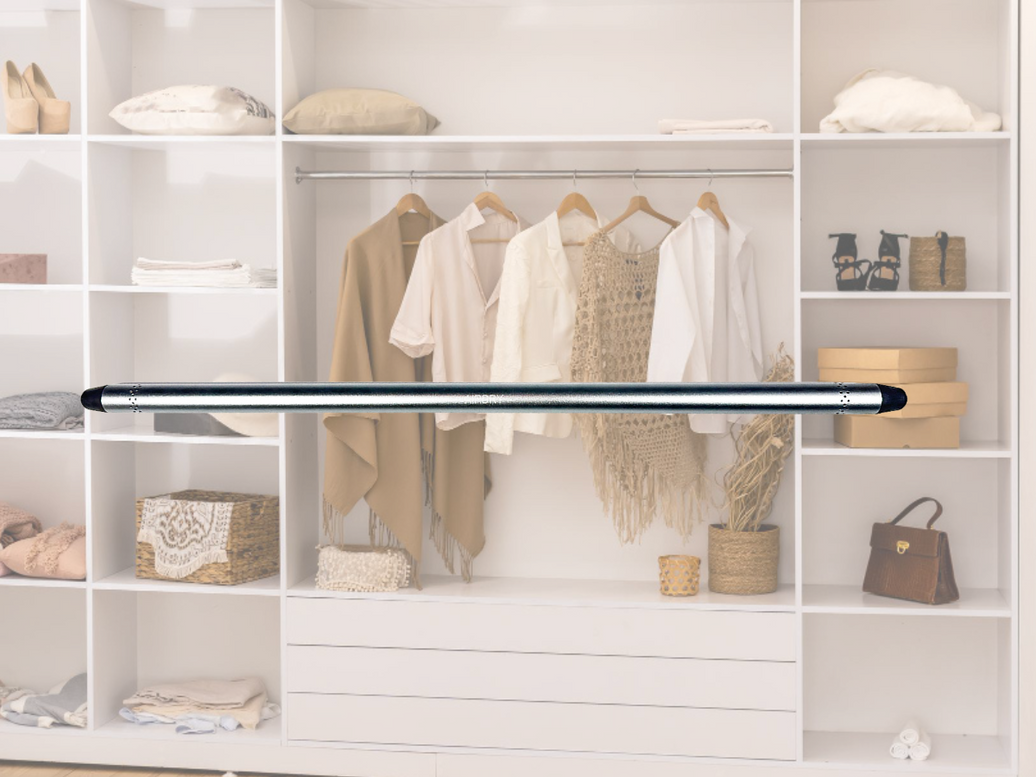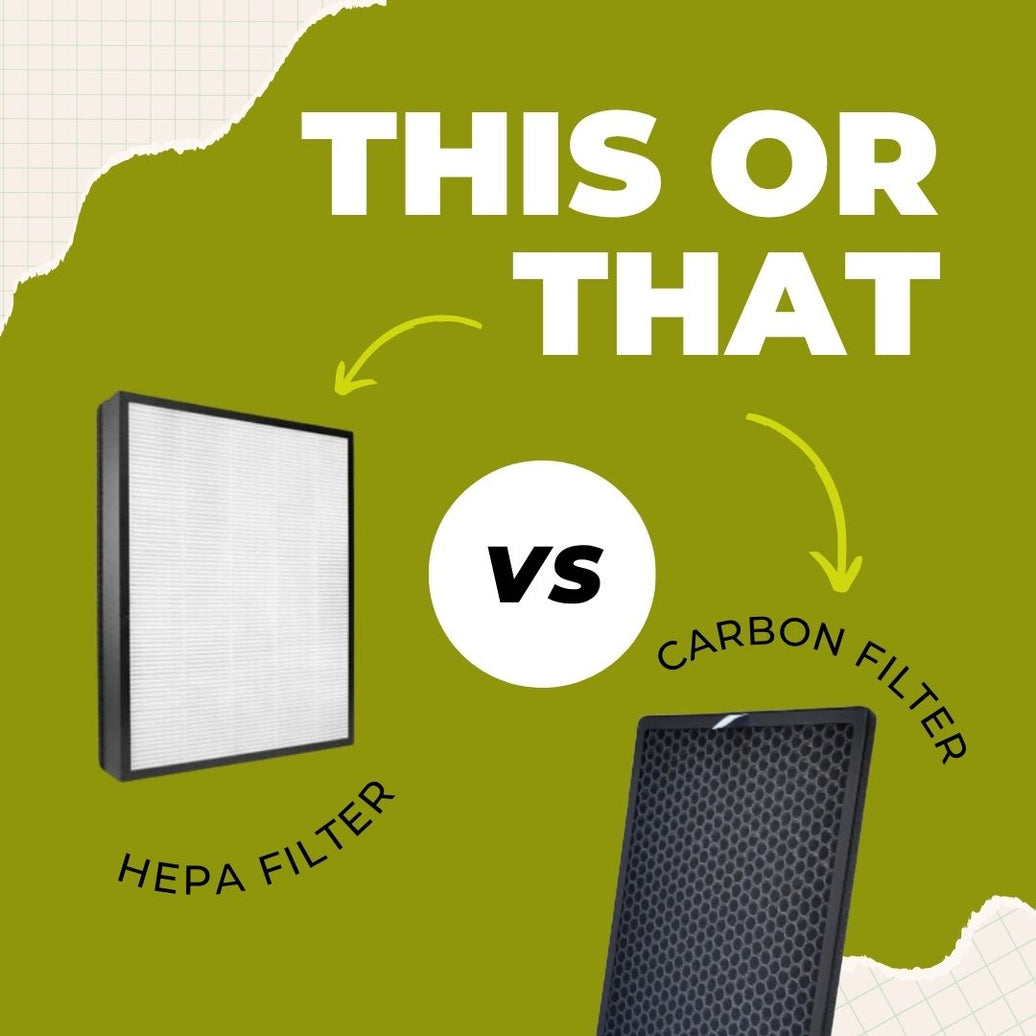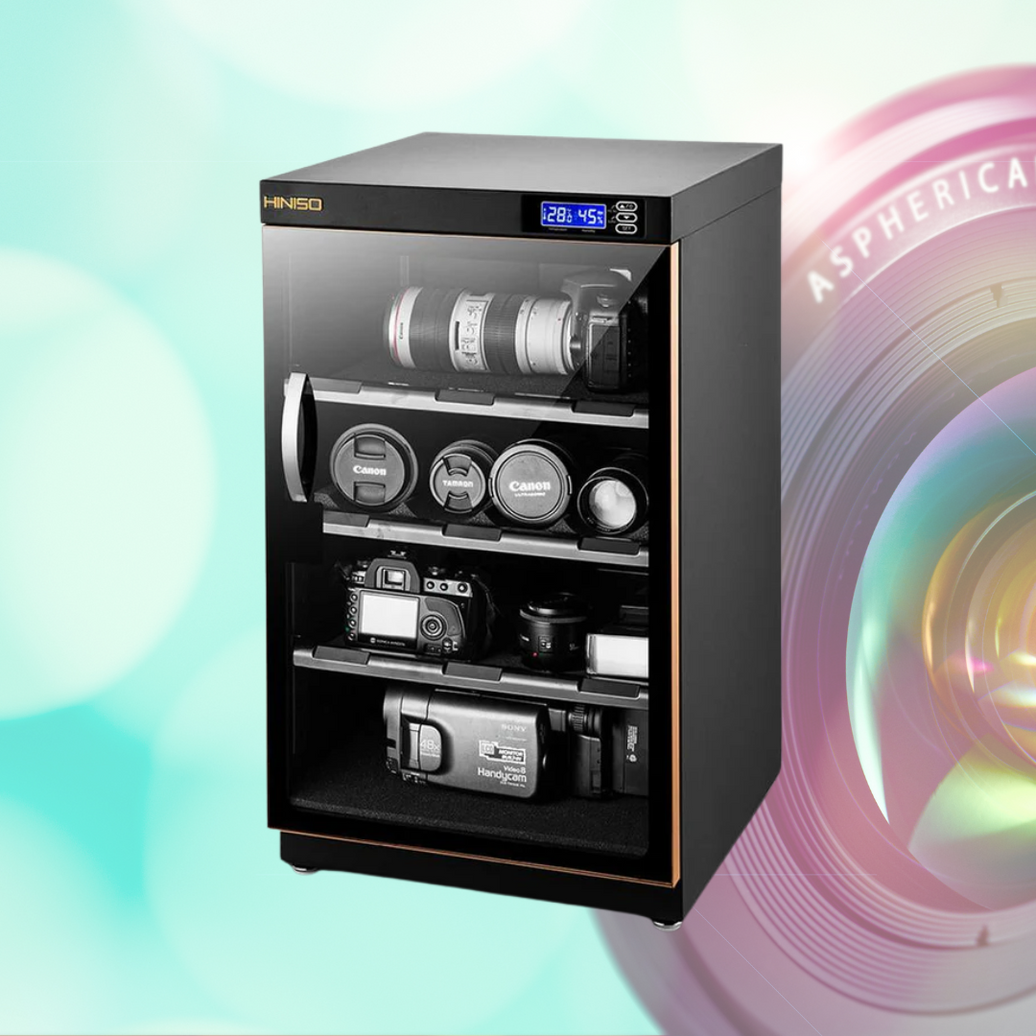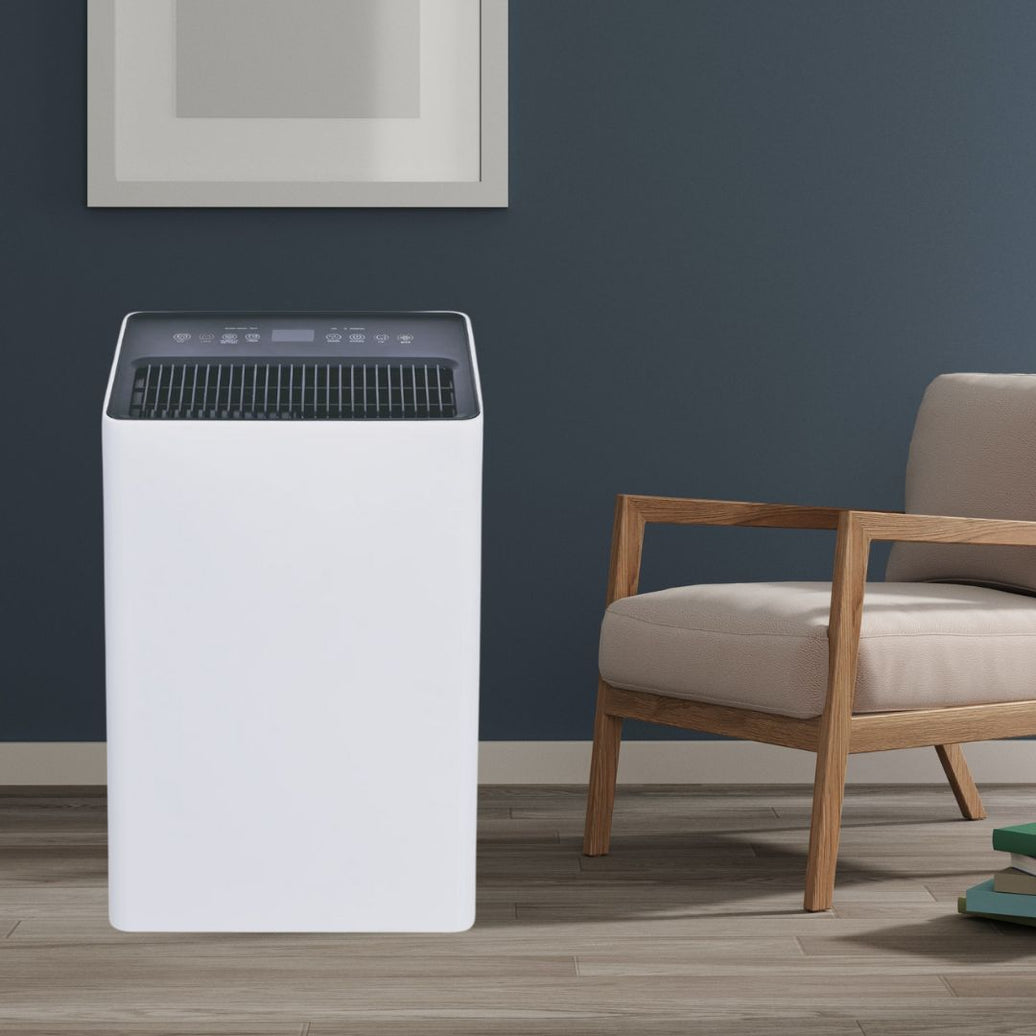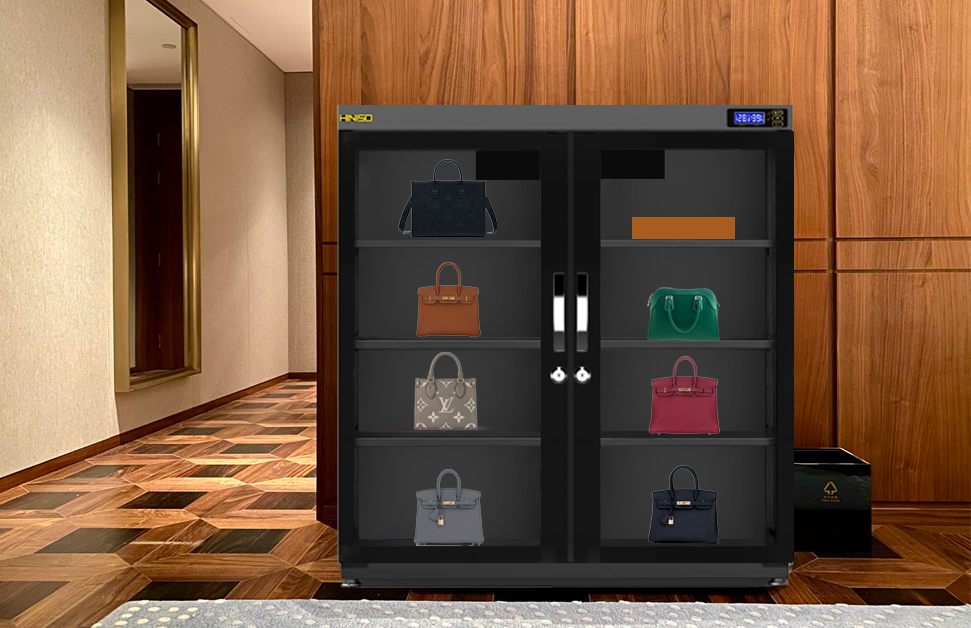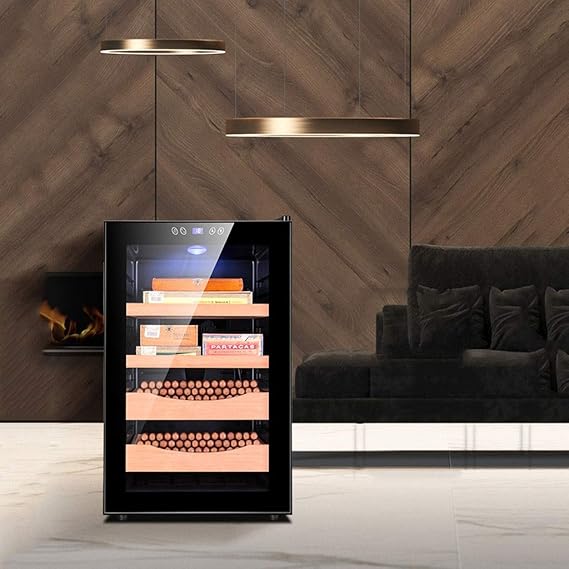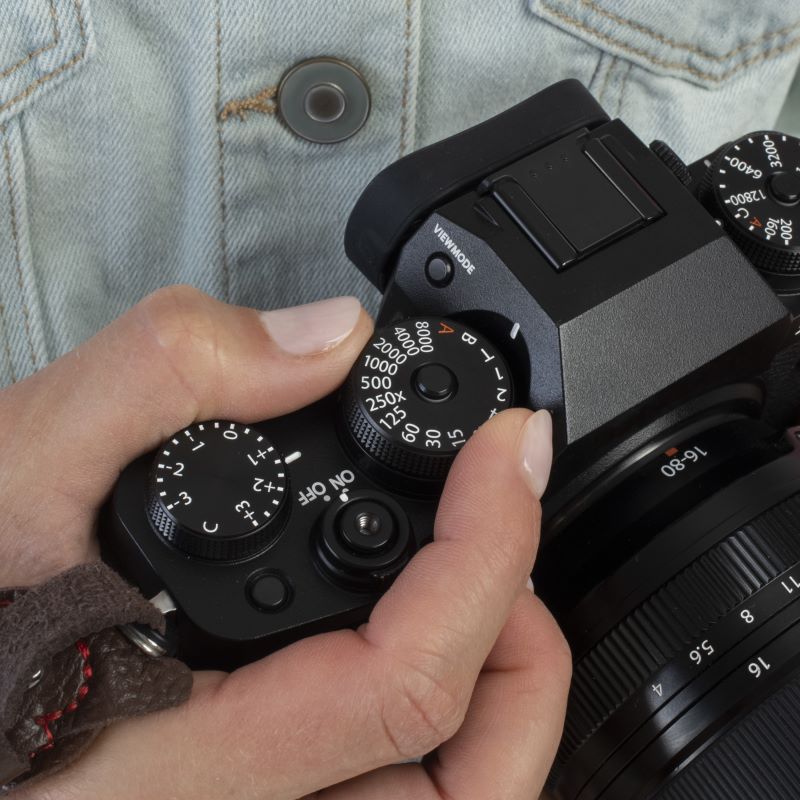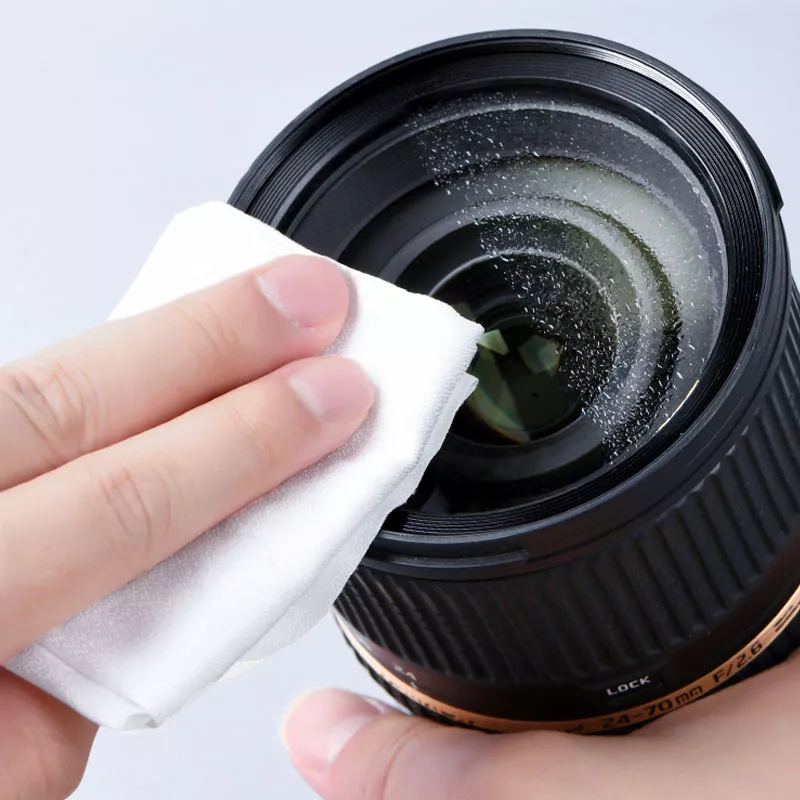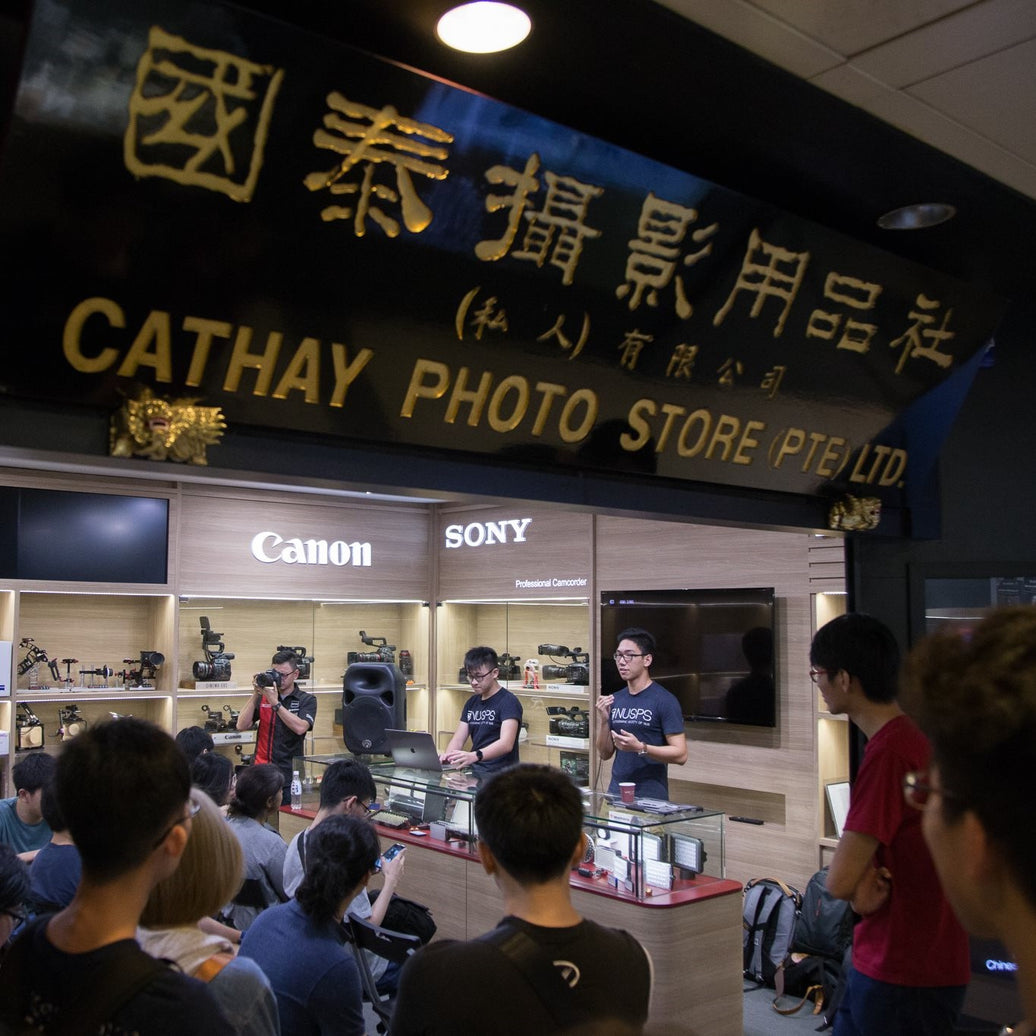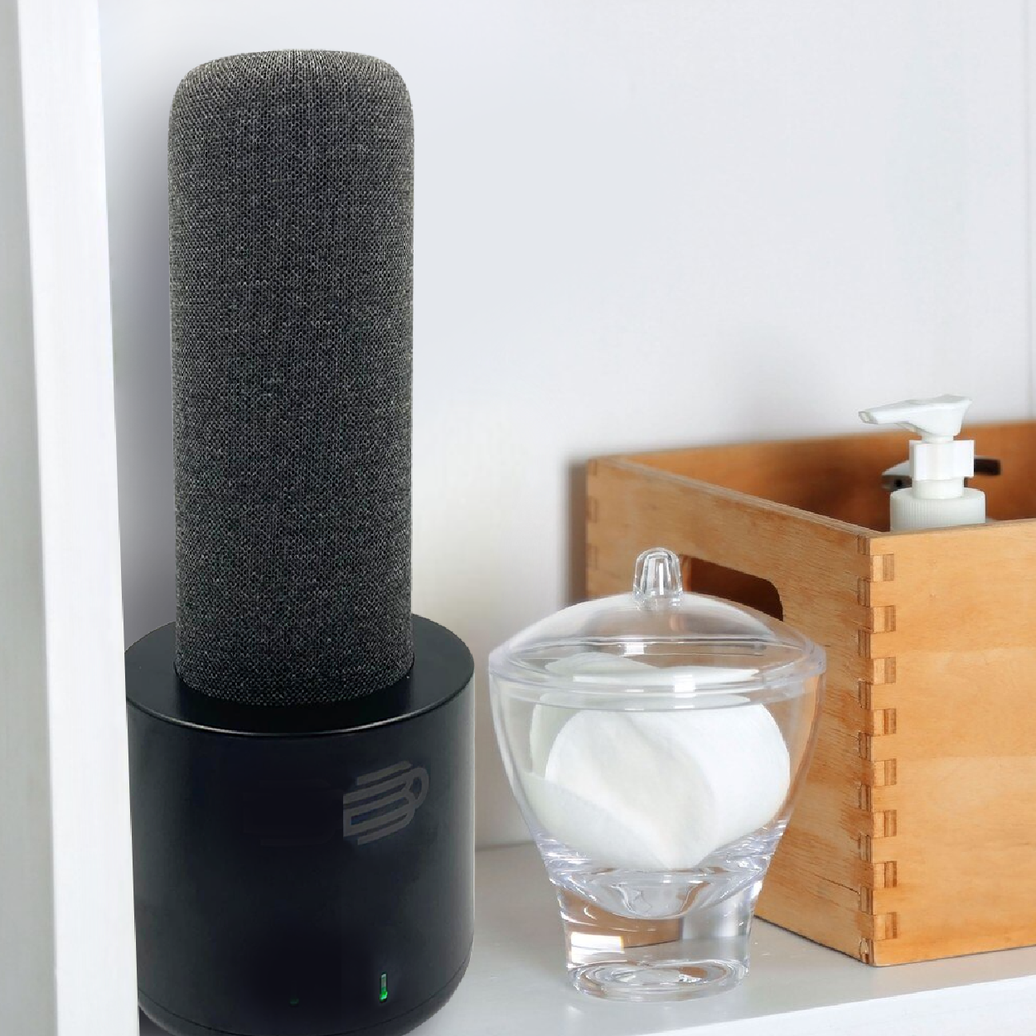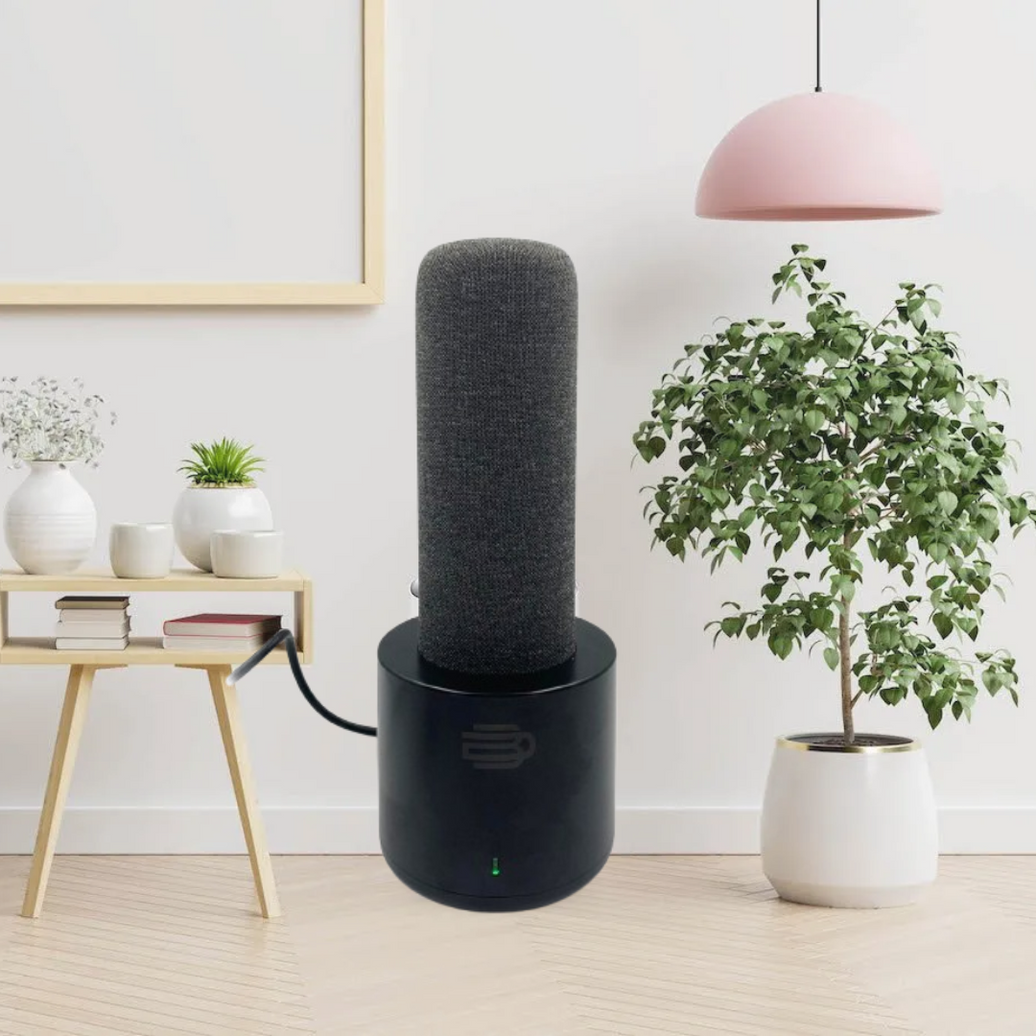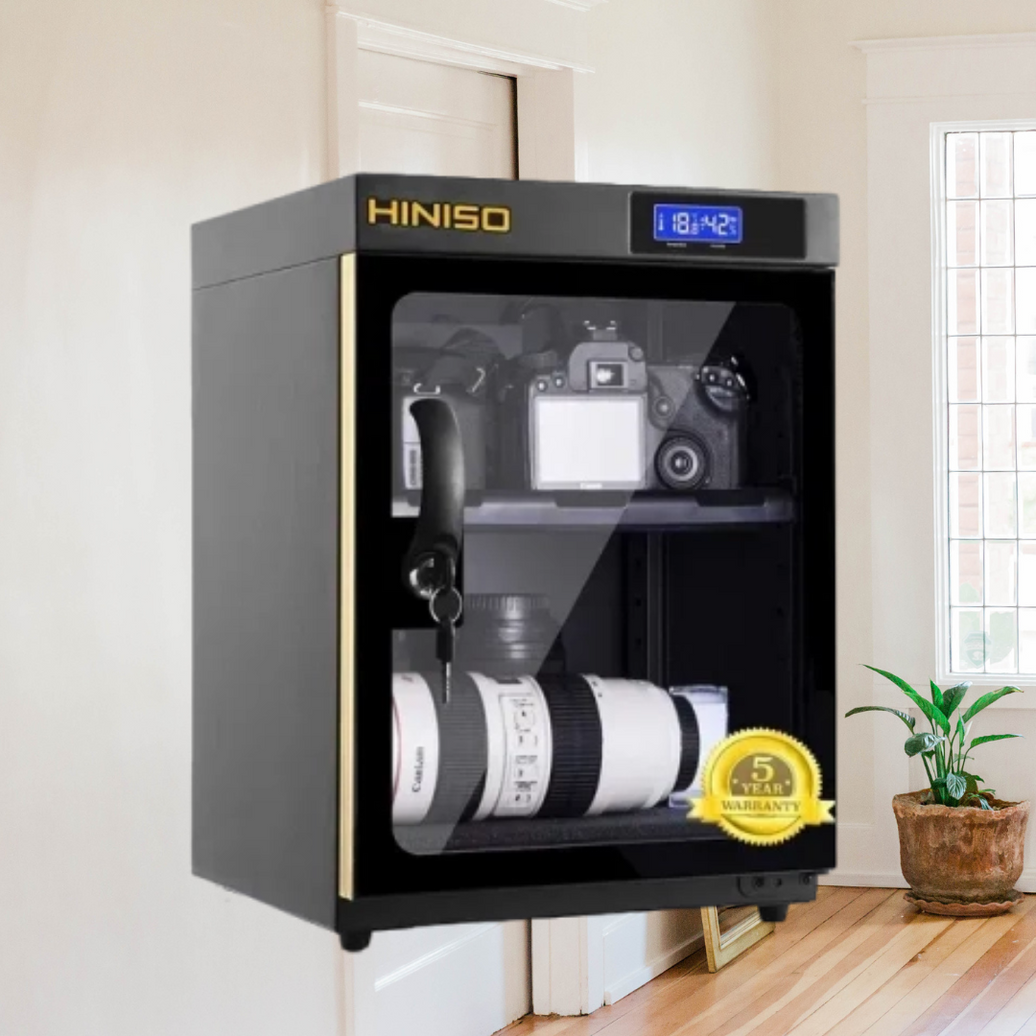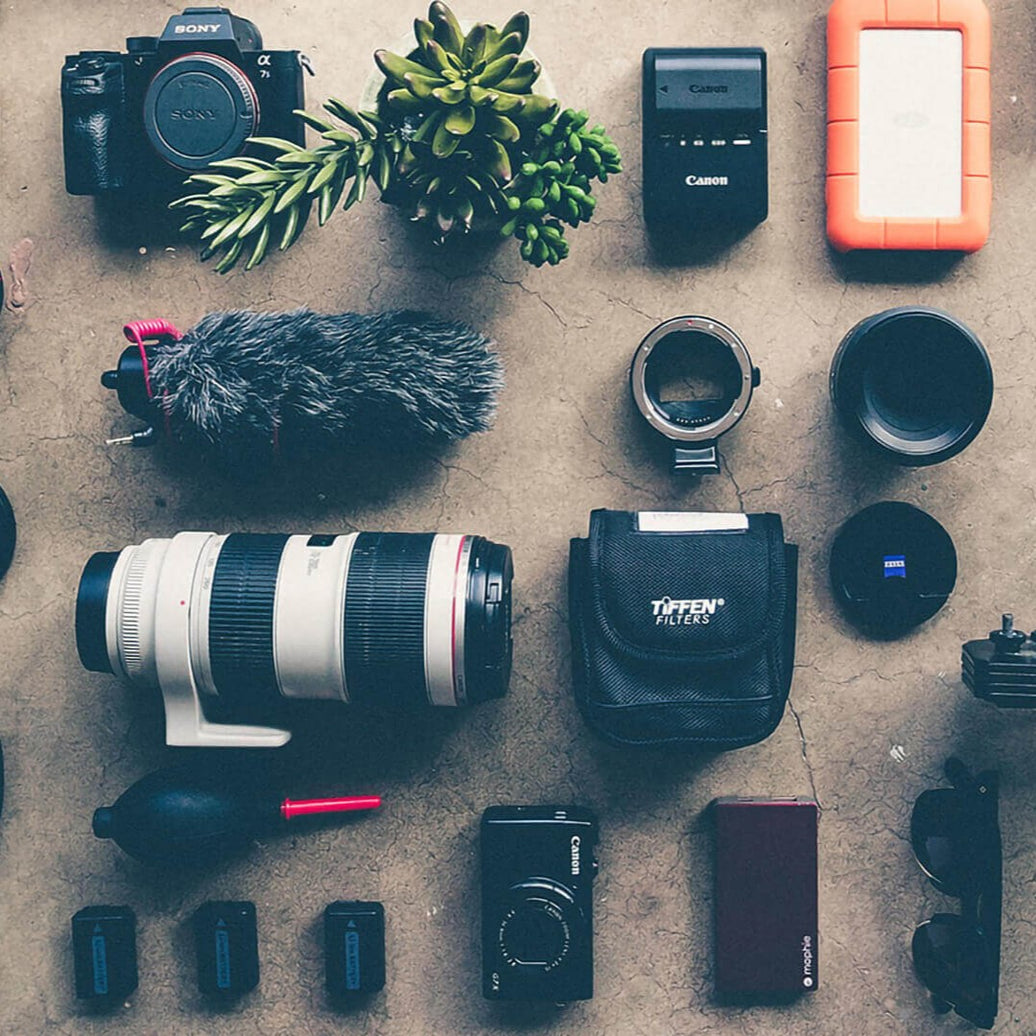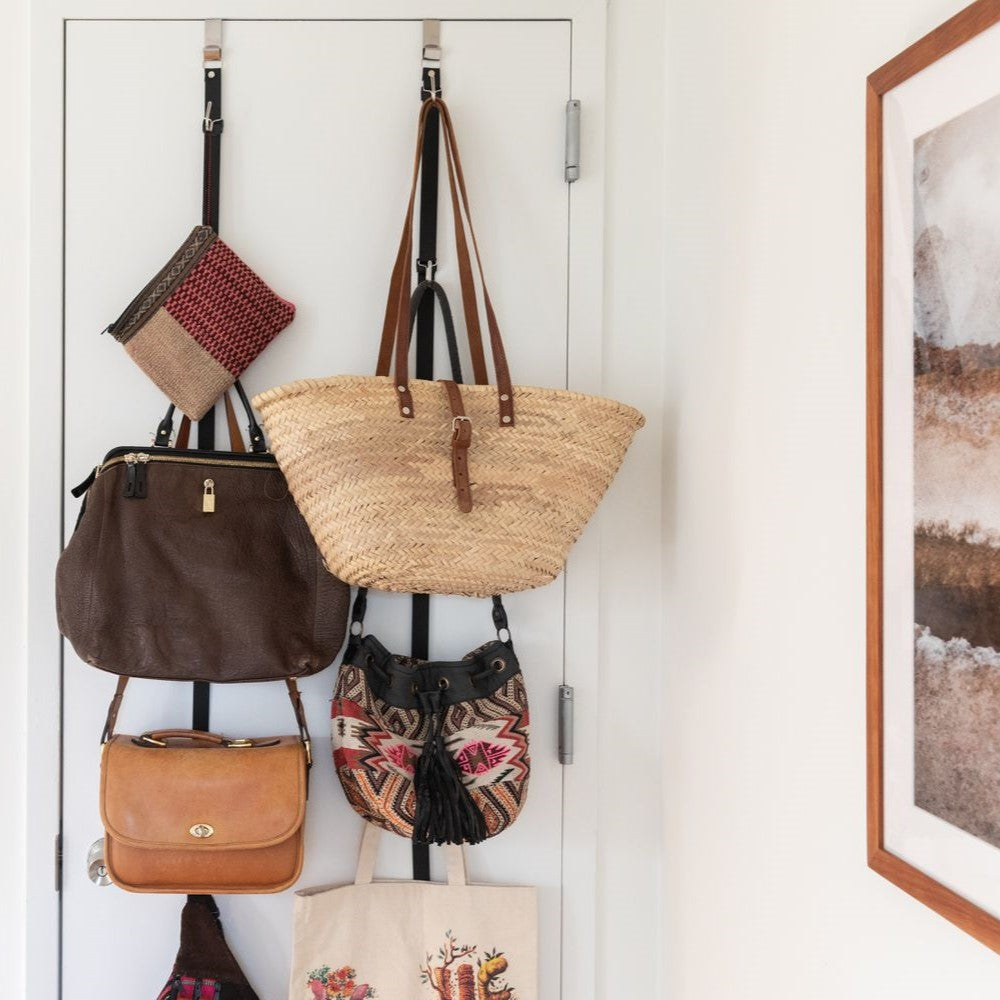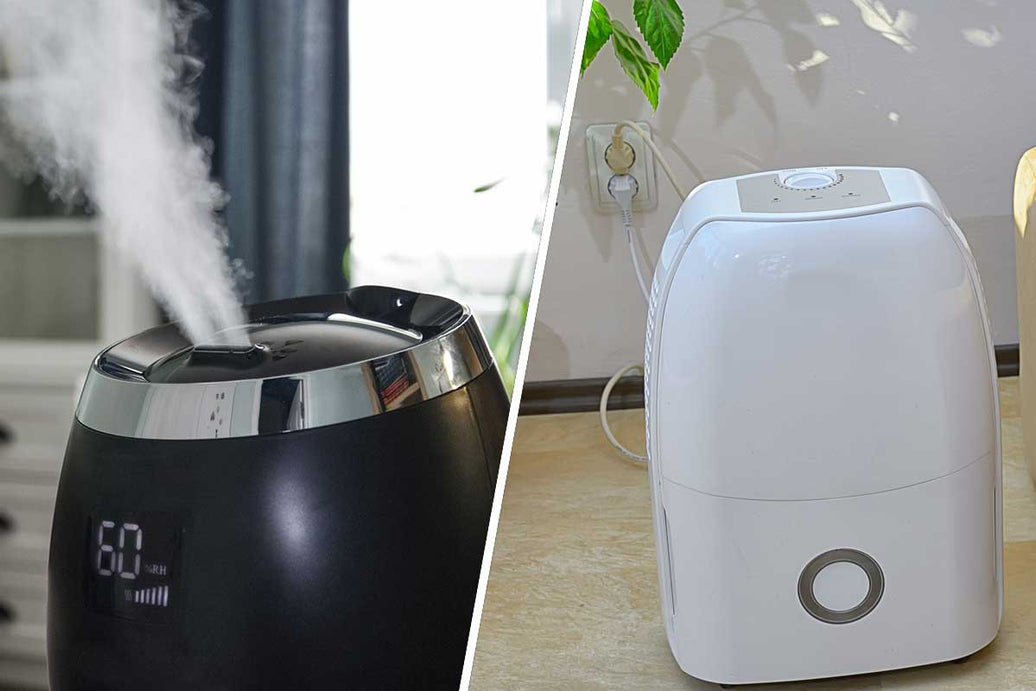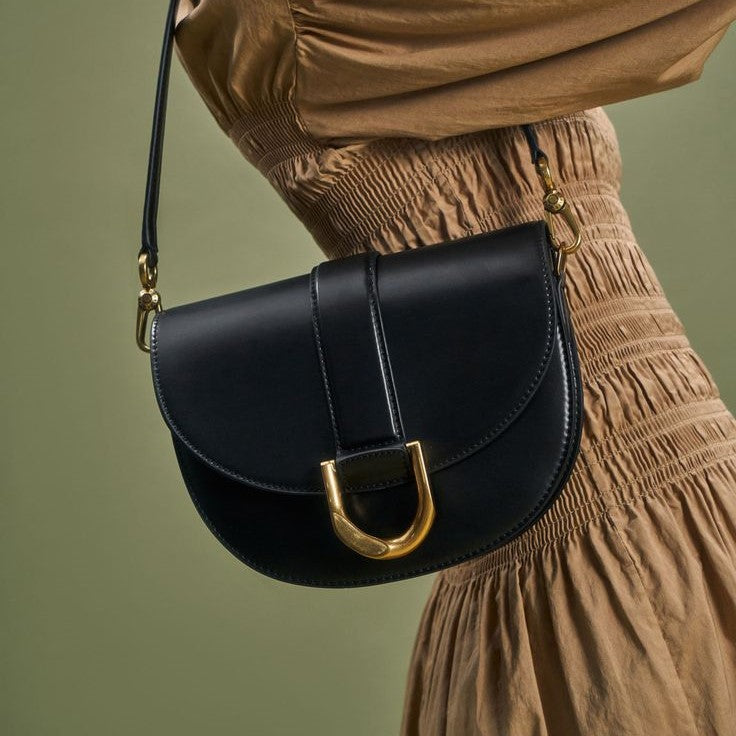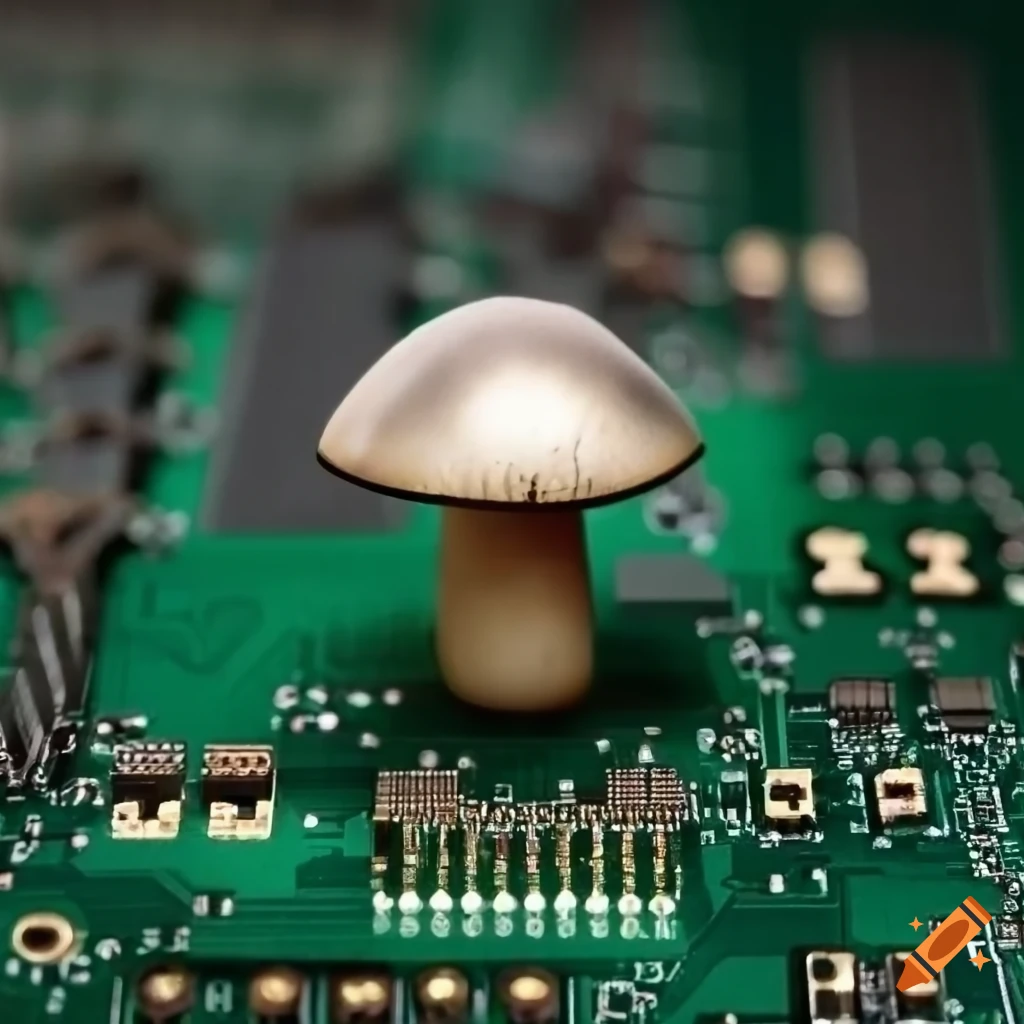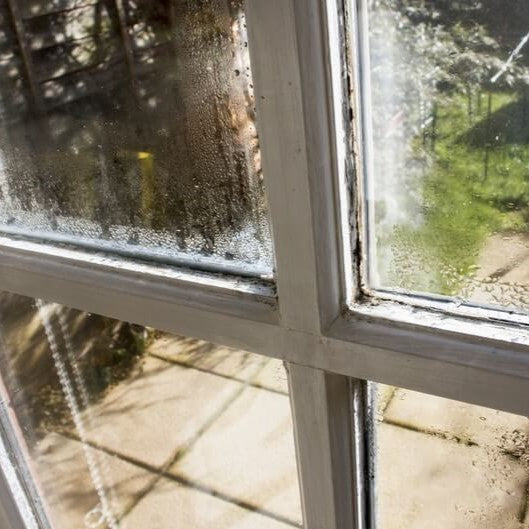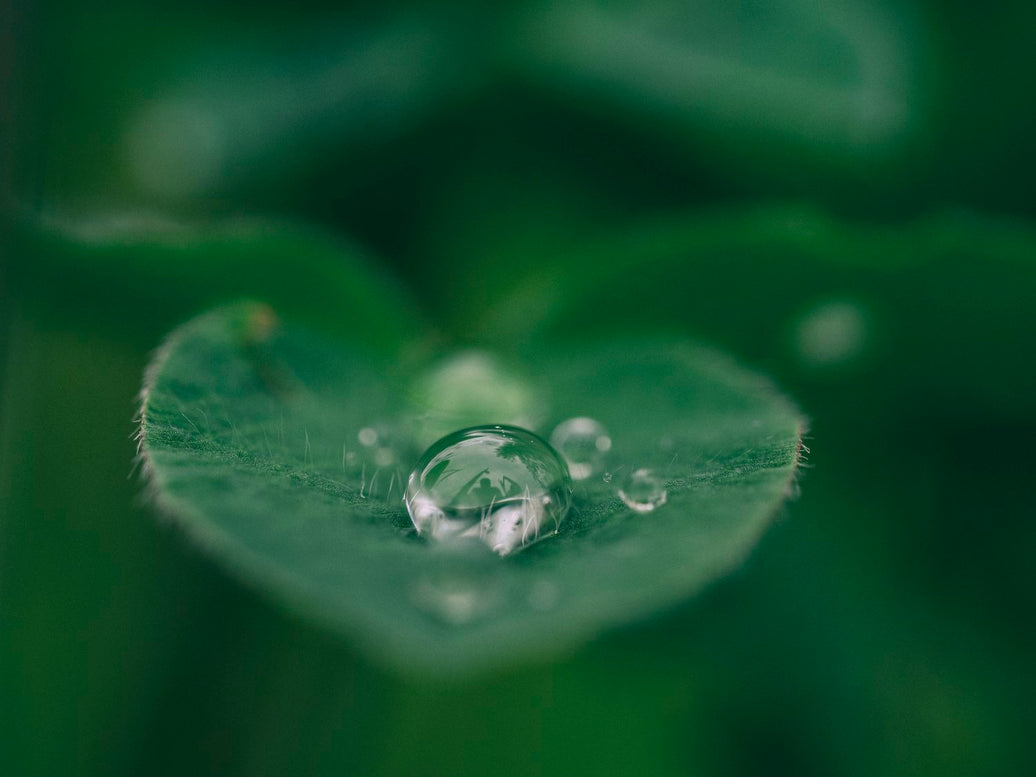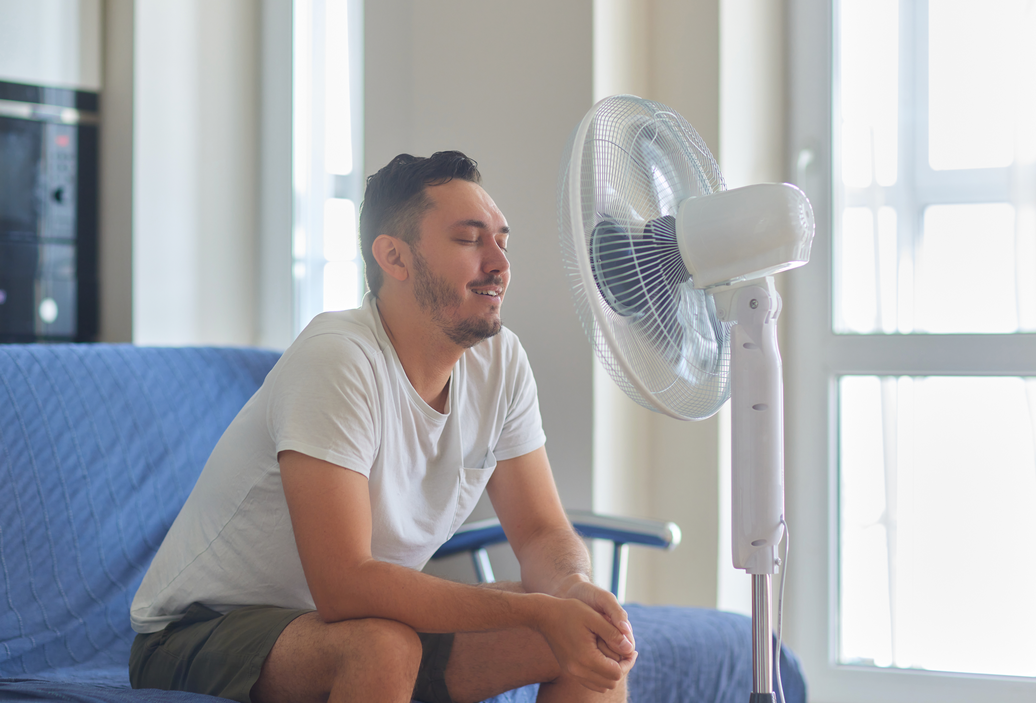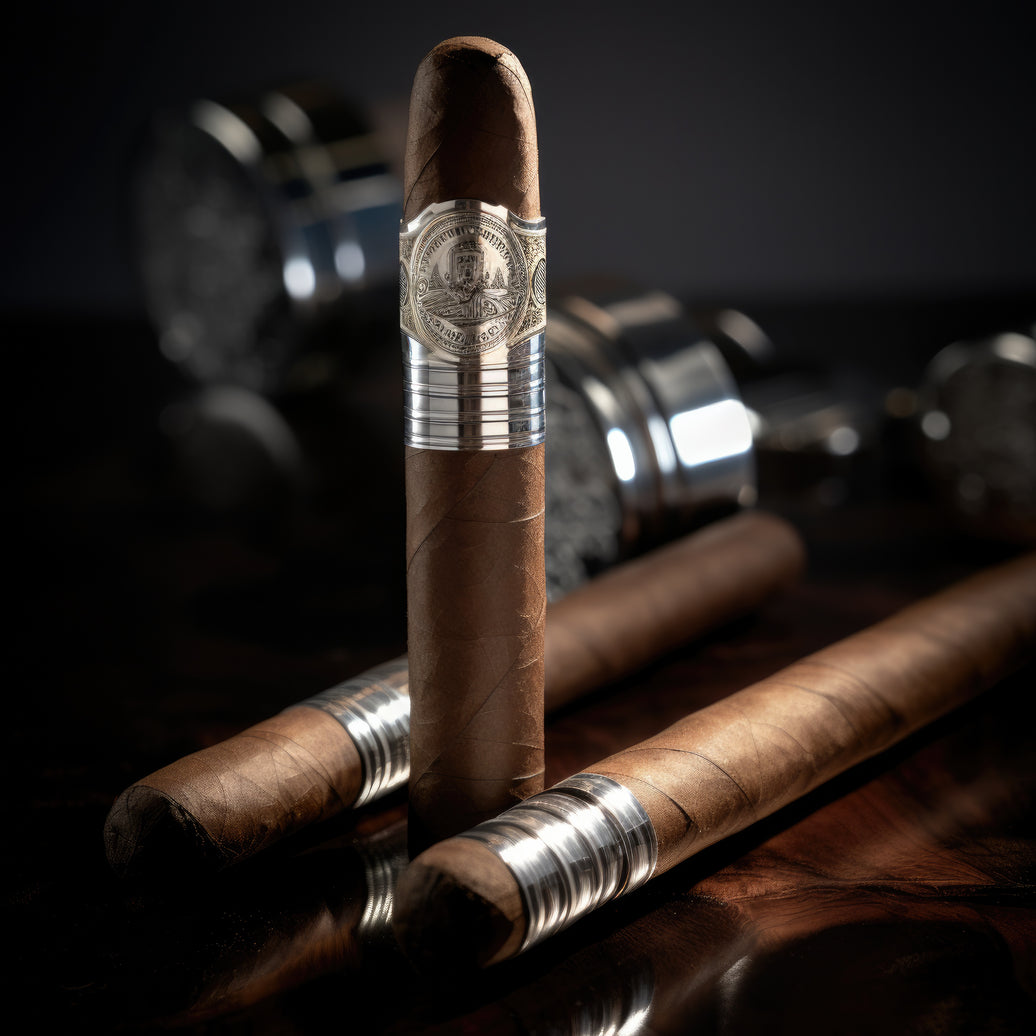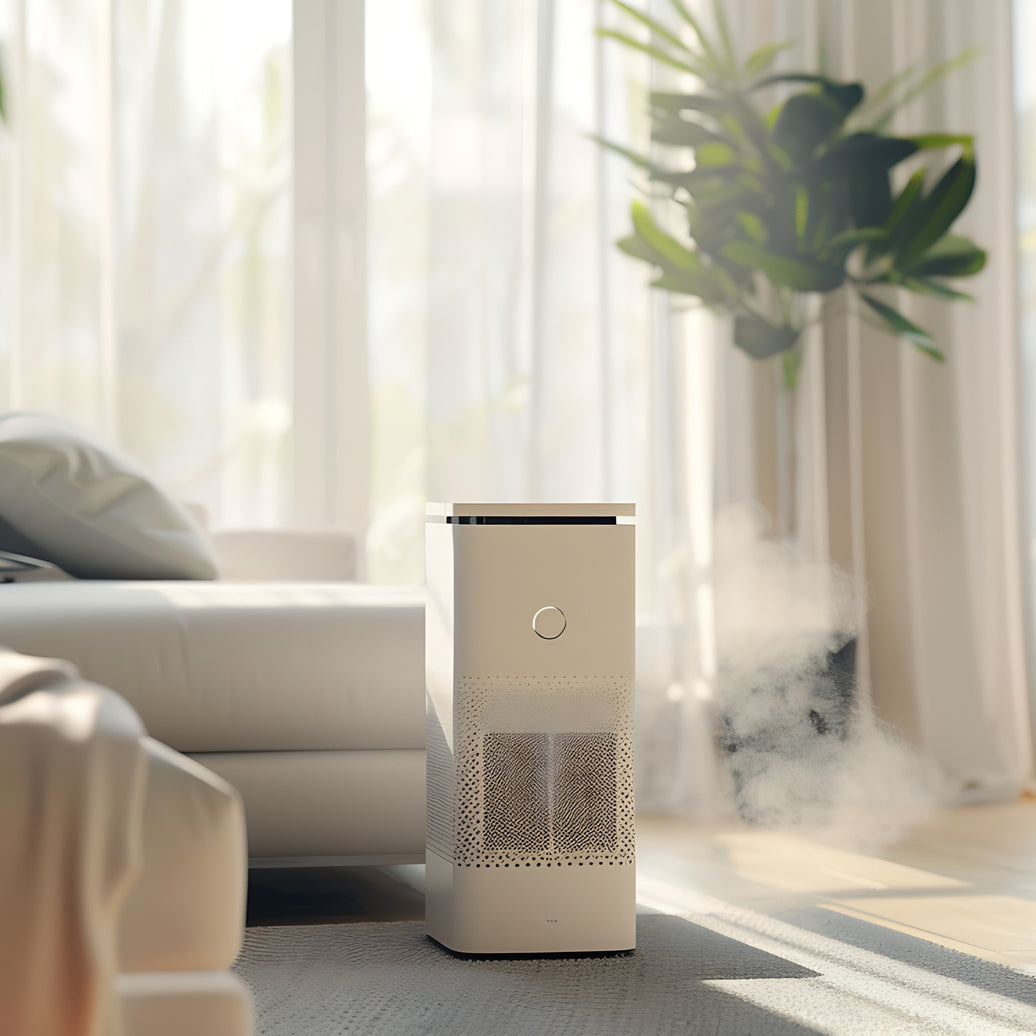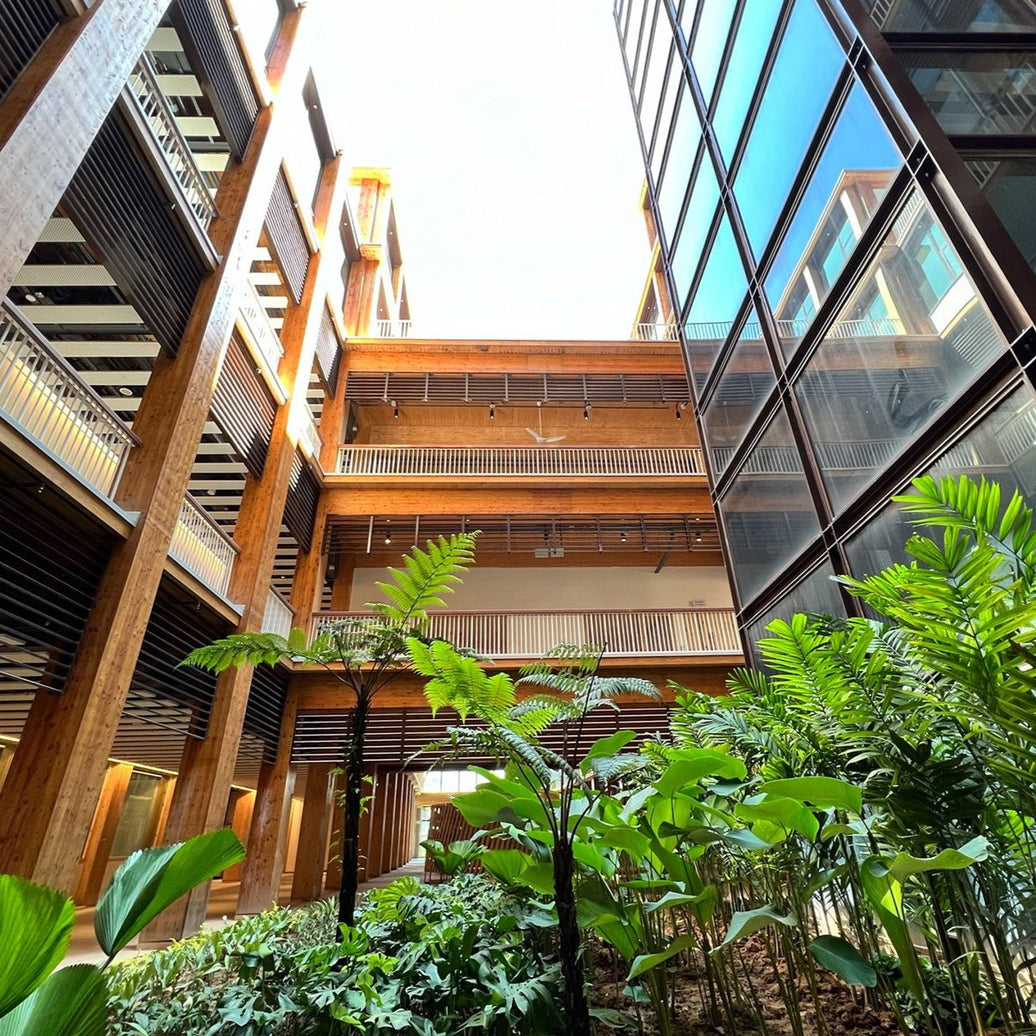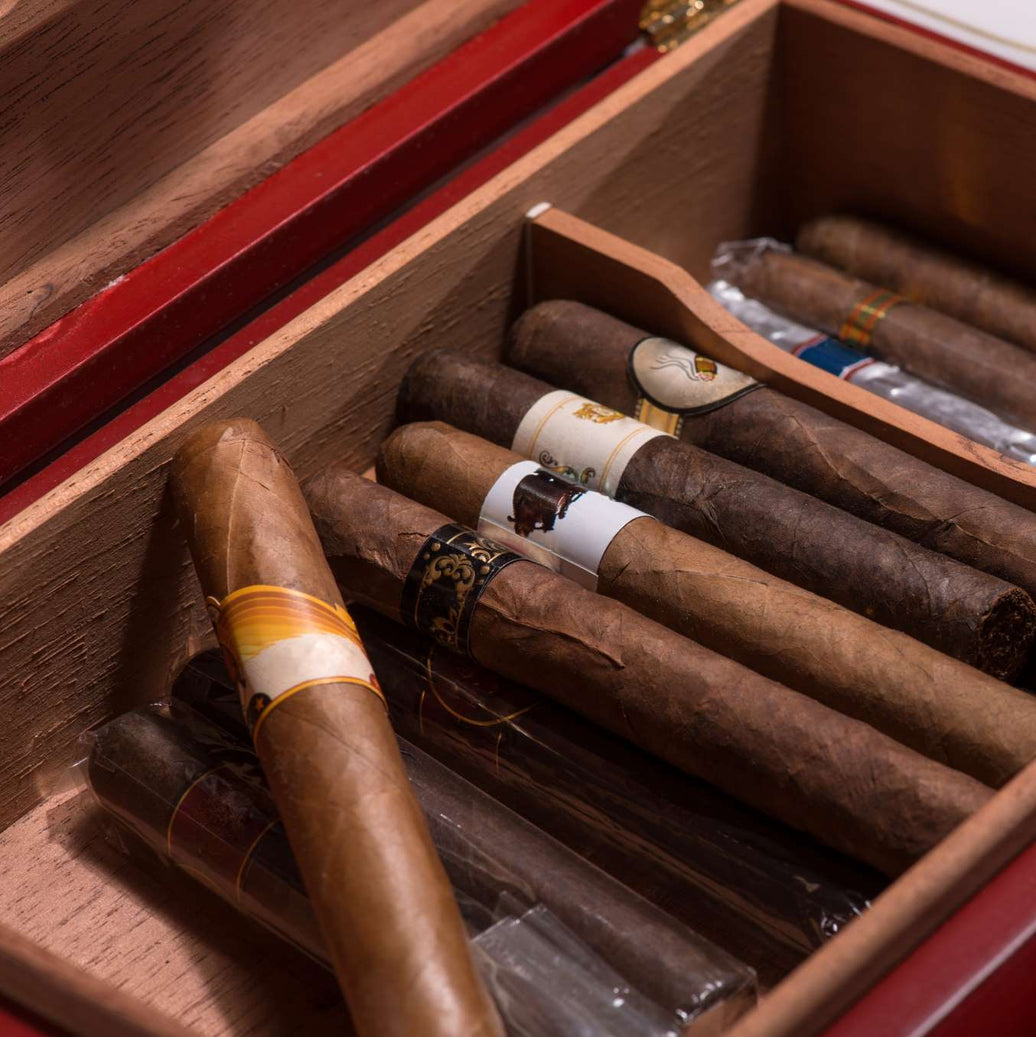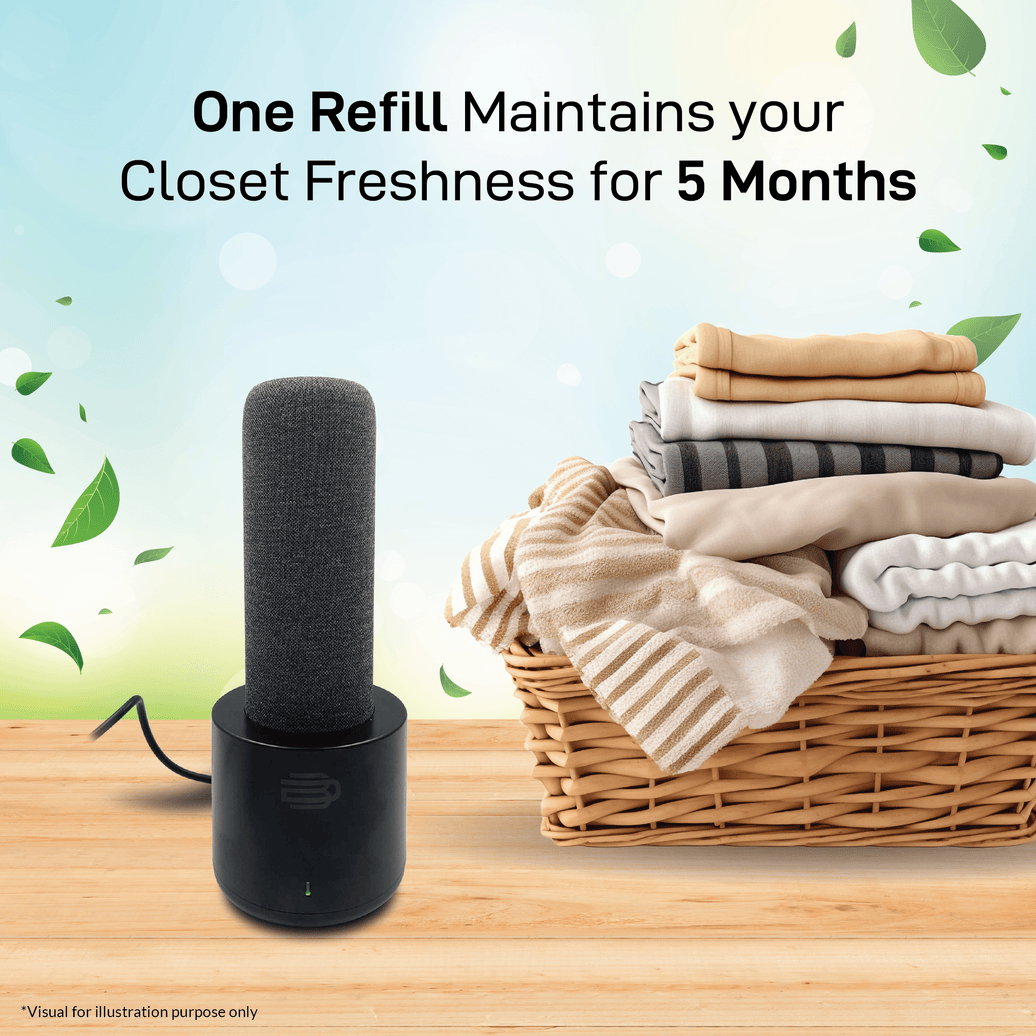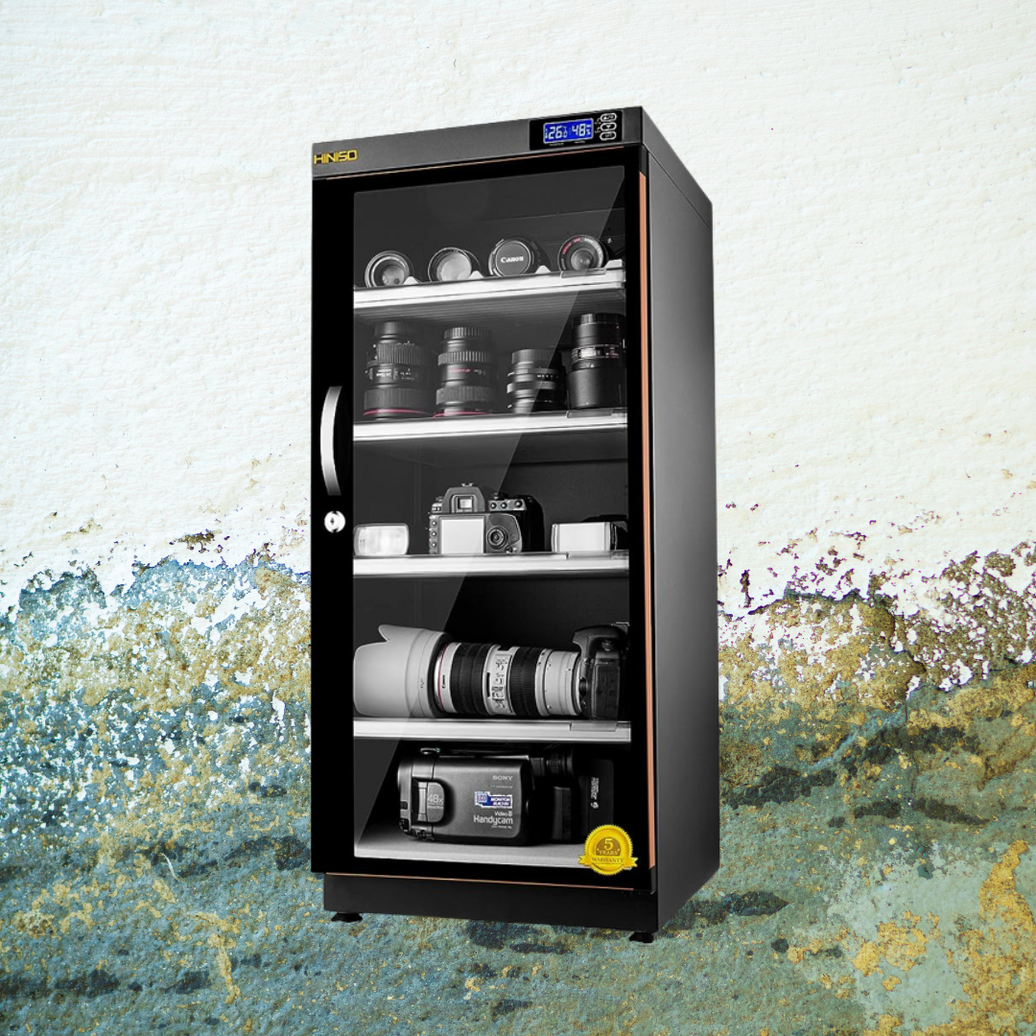If you're a photography enthusiast or a professional photographer, you know the importance of keeping your camera equipment safe and in optimal condition. A camera dry cabinet is an essential tool for achieving this. But have you ever wondered how it actually works? In this step-by-step guide, we'll break down the functioning of a camera dry cabinet in a simple and straightforward manner.
Step 1: Sealed Environment
A camera dry cabinet is a sealed storage unit designed to create a controlled and sealed environment. This sealed space is crucial for maintaining consistent conditions and protecting your camera gear from external factors like humidity, dust, and other contaminants.
Step 2: Humidity Control
The heart of a camera dry cabinet is its humidity control system. Inside the cabinet, there's a dehumidifier or moisture-absorbing unit that works diligently to keep the humidity at an optimal level. The ideal range is typically between 44% and 55% relative humidity. This controlled humidity prevents moisture-related issues like fungus growth, mold, and corrosion.
Step 3: Humidity Sensing
A built-in hygrometer is responsible for monitoring the humidity levels inside the cabinet. This device continuously measures the relative humidity and communicates with the dehumidifier to ensure it's maintaining the desired level.
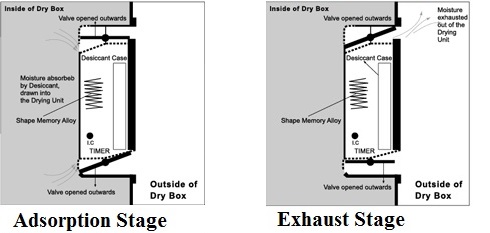
Step 4: Dehumidification
When the humidity level inside the cabinet rises above the set threshold, the dehumidifier gets to work. It starts removing excess moisture from the air. This process involves cooling the air inside the cabinet, causing the moisture to condense. The condensed water is then collected in a reservoir or drained outside of the cabinet.
Step 5: Moisture Control
The moisture control system operates in a closed-loop. It will keep removing moisture from the cabinet until the humidity reaches the preset level. This cycle ensures that your camera equipment is stored in an environment where excess moisture is consistently kept at bay.
Step 6: Air Circulation
To maintain uniform humidity and temperature throughout the cabinet, most dry cabinets have a circulation system that ensures the conditioned air is evenly distributed. This means that all your camera equipment, regardless of where it's placed in the cabinet, enjoys the same protective benefits.
Step 7: Temperature Control (Optional)
Some advanced dry cabinets also offer temperature control, which allows you to set and maintain a specific temperature range. This feature is particularly useful for those who wish to protect their equipment from extreme temperature fluctuations.
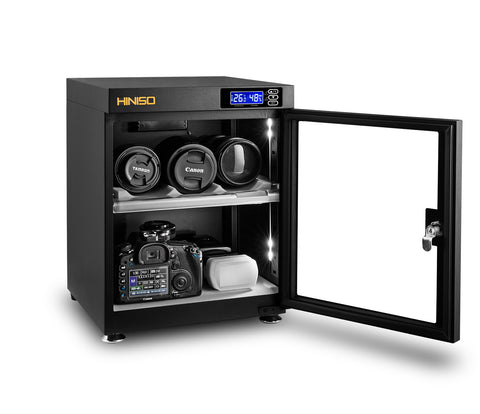
Step 8: Airtight Seal
To ensure the effectiveness of the dry cabinet, it is equipped with a reliable airtight seal around the door. This seal prevents external air from entering and affecting the conditions inside the cabinet. It also helps in reducing energy consumption.
Step 9: Secure Storage
Beyond the environmental controls, camera dry cabinets are equipped with secure locking mechanisms to keep your equipment safe from theft or tampering. This ensures that your valuable camera gear is protected in all aspects.
Summary
A camera dry cabinet is a highly effective tool for safeguarding your camera equipment by creating a controlled environment with low humidity levels. It operates through a combination of sealed storage, humidity sensing, dehumidification, and air circulation. By understanding how it works, you can confidently store your camera gear and ensure it remains in optimal condition for years to come.


